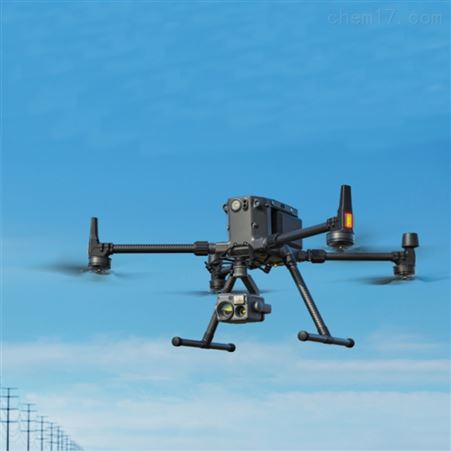Drones, often referred to as unmanned aerial vehicles (UAVs), have increasingly captured the spotlight in Russia’s technology and innovation sectors. The integration of drones in various industries signals a transformation driven by cutting-edge technology, enhancing operational efficiency and creating new opportunities. In a country known for its rich history in aerospace technology, drones in Russia are shaping new horizons.
Historical Context and Development
Russia has a profound history intertwined with aerospace advancements, dating back to the Soviet era and the iconic Sputnik satellite. Today, this legacy extends into unmanned systems, setting a robust foundation for the evolution of drones in Russia. From governmental uses to commercial applications, the development of UAVs encapsulates the endowment of a technological edge and scientific prowess.
Economic Impact and Industrial Applications
Current advancements in drone technology have allowed Russia to capitalize on various economic sectors. In agriculture, drones play a crucial role in precision farming, offering farmers new tools for crop monitoring and management. For instance, drones equipped with advanced sensors can analyze soil health, monitor crop conditions, and enable resource optimization, leading to significant cost reduction and yield improvements.
Additionally, the energy sector benefits immensely from drone technology. Russia, as a leading producer of oil and gas, utilizes drones to conduct inspections of pipelines, monitor construction sites, and ensure safety compliance. These devices not only minimize manned missions into hazardous environments but substantially reduce operational costs.
Security and Surveillance Enhancements
In the realm of national security, drones enhance surveillance capabilities, enabling more efficient border control and monitoring. The real-time data collection and intelligence gathering facilitated by UAVs have fortified defense mechanisms, making drones an essential component in securing the vast geographical expanse of Russia.

Drones and Environmental Monitoring
Environmental conservation efforts are significantly bolstered by the utilization of drones. With Russia’s vast forests and diverse ecosystems, drones offer unparalleled capabilities in wildlife tracking, anti-poaching efforts, and forest fire monitoring. The ability to quickly deploy UAVs in remote locations facilitates rapid response to environmental threats, ensuring the preservation of biodiversity.
Challenges and Regulatory Framework
Despite the numerous advantages, integrating drones involves navigating a complex regulatory landscape. The Russian government has made strides in establishing frameworks to govern UAV usage, balancing innovation with public safety and privacy concerns. Policies are continuously evolving to adapt to technological advancements and societal expectations.
Future Prospects and Technological Integration

The trajectory of drones in Russia is poised for expansive growth. As technology evolves, integration with artificial intelligence and machine learning becomes pivotal. These advancements promise to refine drone autonomy and capabilities, paving the way for innovative applications across industries, from logistics to healthcare delivery, further embedding drones into Russia’s innovation narrative.
Frequently Asked Questions
What industries benefit most from drone technology in Russia?
Agriculture, energy, and security sectors significantly benefit, utilizing drones for precision farming, infrastructure monitoring, and enhanced surveillance capabilities.
Are there privacy concerns related to drone usage?
Yes, but regulatory frameworks are being developed to address privacy issues while fostering technological innovation.
How does the government regulate drone operations?
The government establishes policies to manage UAV operations, focusing on safety, privacy, and public interest, adjusting regulations as technology and usage continue to evolve.